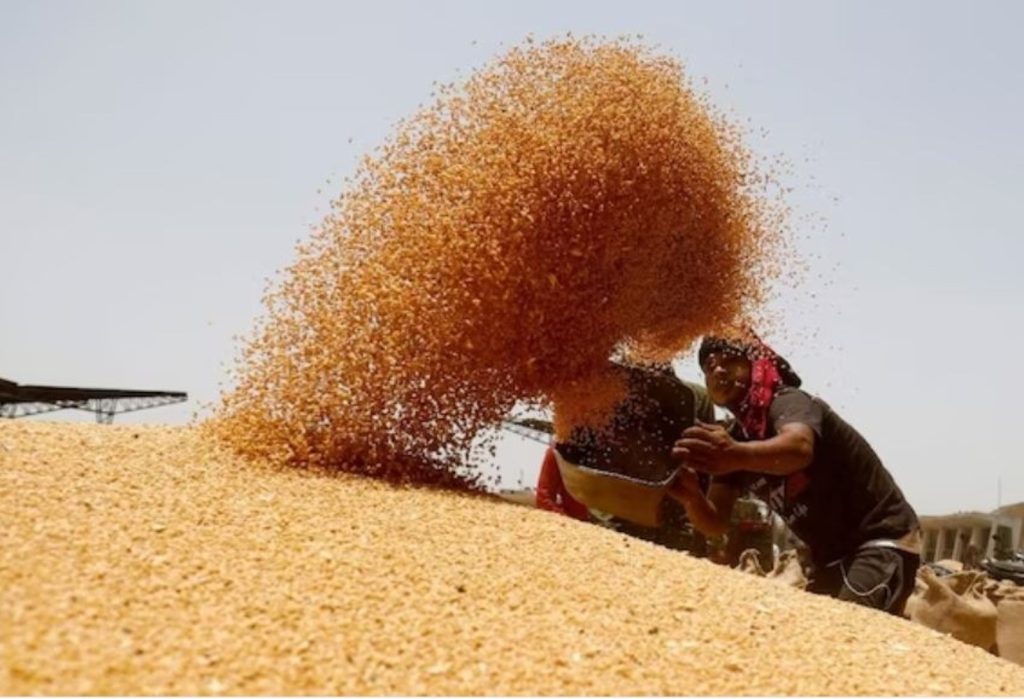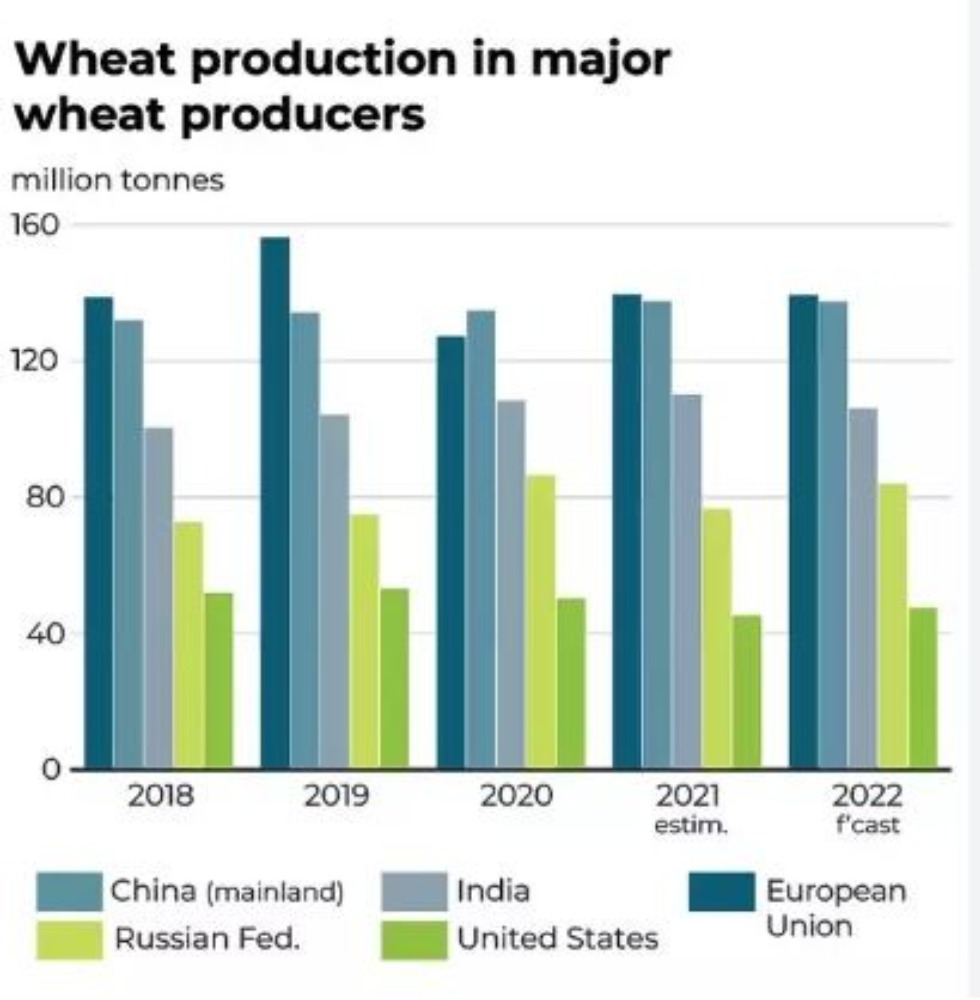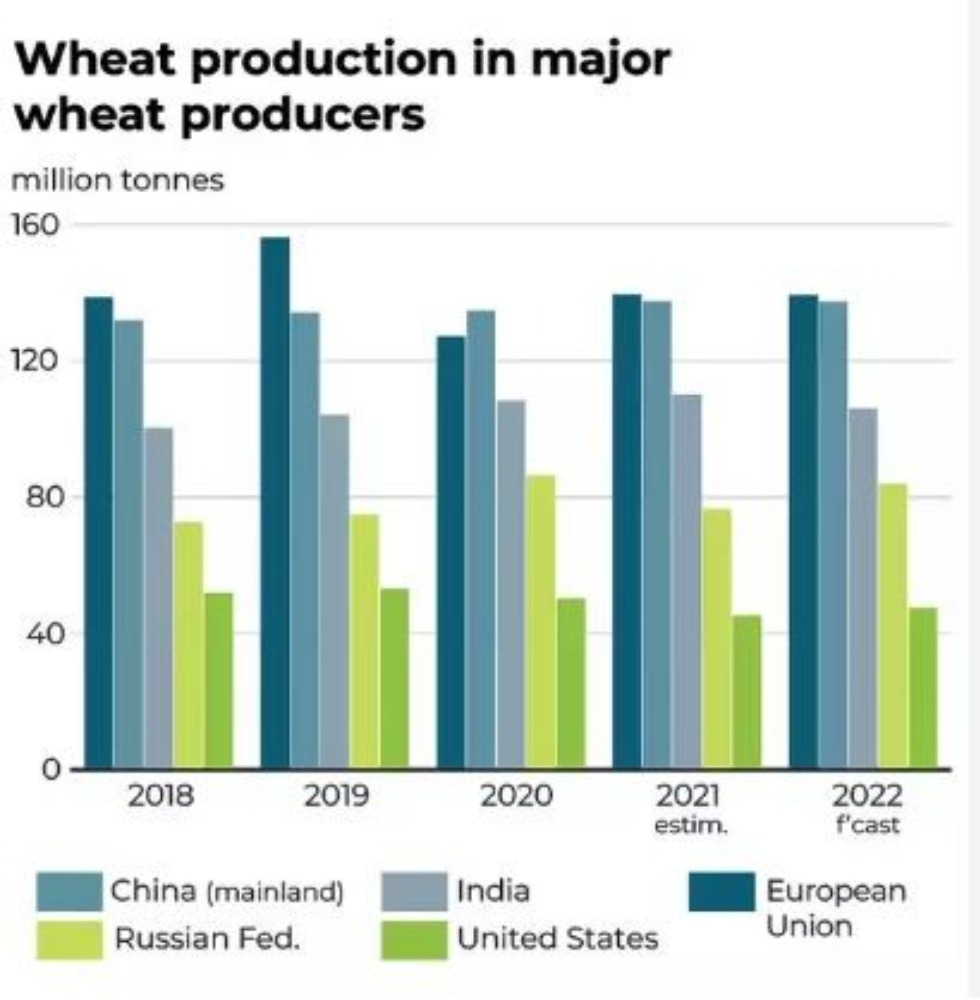Devanjana Mukherjee, Khabri Media
To strike a balance between domestic needs and global market dynamics, the government should consider revisiting export restrictions and regulations.

Pic: Social Media
In a development that has raised concerns and drawn the attention of both consumers and policymakers, wheat prices in India have recently skyrocketed to an 8-month high. This surge in wheat prices has significant implications for a country where wheat is a staple food and a key component of daily life.
MUST READ: Indian agricultural products’ export
The development comes at a time when import duties have made overseas purchasing difficult for domestic flour mills. The government may need to release more stocks from inventories and remove import duties to ensure ample supplies and price control, especially in preparation for state assembly elections and a general election next year, with the possibility of rising wheat prices contributing to food inflation.
Pramod Kumar S, president of the Roller Flour Millers’ Federation said, “Festival season demand is driving up wheat prices. The government needs to permit duty-free imports to reduce prices.” However, as per the government’s statement, India has no immediate plans to abolish a 40% import tax on wheat.

Pic: Social Media
As of Oct. 1, wheat stocks in government warehouses stood at 24 million metric tons, sharply down compared with a five-year average of 37.6 million tons. The country managed to procure 26.2 million tons of wheat from farmers in 2023 against a target of 34.15 million tons.
The surge in wheat prices in India, reaching an eight-month high, is a multifaceted issue driven by disruptions in the supply chain, challenges in wheat production, increased input costs, and global market trends. Balancing the interests of farmers and consumers is paramount, and addressing the root causes of this price surge is essential for long-term stability in the wheat market.




